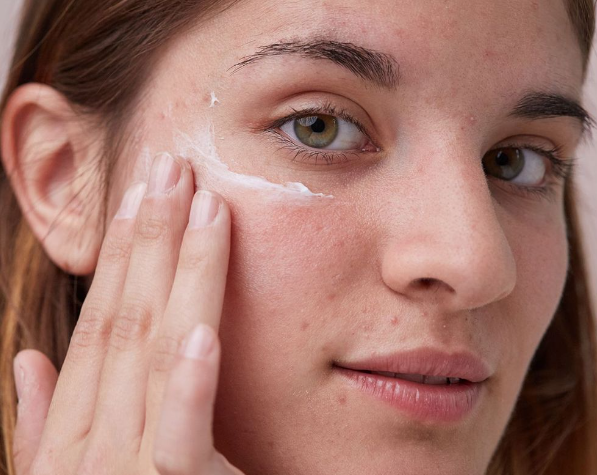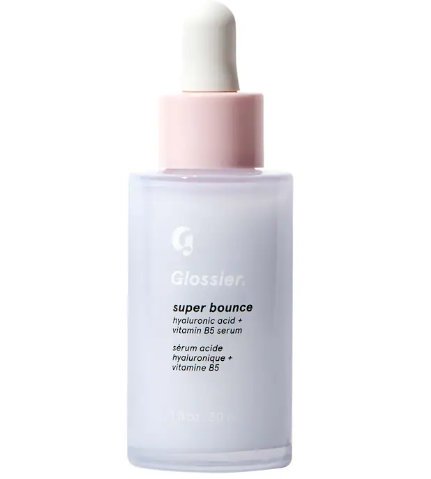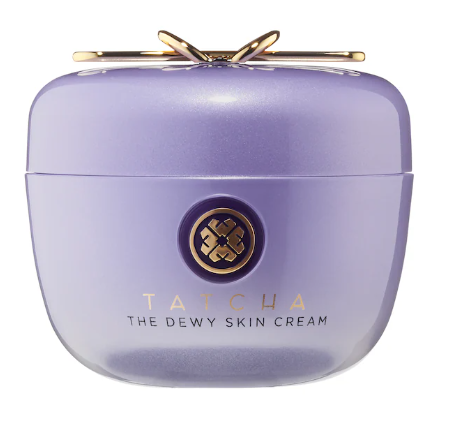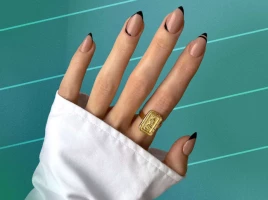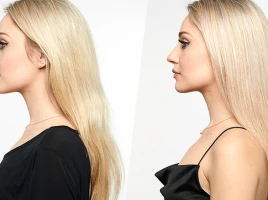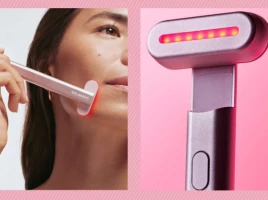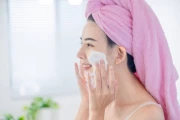When it comes to skincare, everyone has different skin types that come with their own set of challenges. Some people struggle with dry skin, while others are plagued with oily skin. However, in recent years, a new beauty trend has emerged - the glass skin trend. This trend originated in Korea and is characterized by skin that looks clear, luminous, and almost translucent. On the other hand, there are people who embrace their oily skin and strive to make it look healthy and radiant. So, which side are you on - the glass skin side or the oily skin side? Well you have to figure out ahead. Let me reveal you the differences between the two, how to achieve them, and how to embrace your skin type.
Glass Skin Vs. Oily Skin
What is the most important thing to consider is the difference between glass skin and oily skin when planning or finding the perfect skincare routine for yourself. Identifying your skin type and understanding the optimal ways to address it ensures you make the most of your skincare routine. If we talk about glass skin, you have to focus on not only the external hydration of the skin but also the internal as well. This step is major part player in making your skin look and feel healthy, hydrating, smooth, and crystal-clear to be exact. If you picture the crystal-clear, flawless, non-pore, no-blemishes, and glass type of finish then that is exactly what glass skin looks and feels like. On the other hand, oily skin results from an excess production of sebum (oil) due to overactive sebaceous glands. This can manifest as a greasy and shiny complexion, clogged pores, and an increased susceptibility to acne breakouts.
How to Know Whether You Have Glass Skin Or Oily Skin?
No need to get overwhelmed and confused if you don’t have an idea of what type of skin you have, whether oily or glass skin. You just have to take four steps to identify which side you are on. Before we jump onto the steps that must be taken to determine the skin type, first thing you have to do is to cleanse your face like you do regularly and then wait for an hour before starting the steps below:
Step 1: Check Your T-Zone Area
When you cleanse your face, the first and easiest way to get to know your skin type is to take a closer look at the T-zone area of yours and that are forehead, chin, and nose. These areas are most probably the oiliest part if you have oily skin and have pore-clogged, blackheads, and whiteheads all over.While the people with glass skin will have a texture with minimal pore appearances and oily texture.
Step 2: Check The Shine
Next thing you can do to figure out the skin type is by having a close look in the mirror and noticing whether your skin has an oily shine or a healthy and natural glow. If you feel a greasy shine on your face then you are on the oily side and if you feel the natural glow and healthy looking texture without the appearance of pores then you are on the glass skin side.
Step 3: Check If You Have Greasy Feel
Now for the greasy skin test you have to pay attention to the changes in oiliness of your skin and how it changes and how much time it takes to appear oily or dry. This step is about analyzing whether the oiliness is too much or not. If you are on the oily side of the skin you will feel oily and greasy mostly on the skin, and it will get shiny after every time you cleanse. While if you have glass skin, the shine will be no-to-minimal and it will be balanced all day without getting greasy.
Step 4: Appearance of Pores
Clogged pores are the most unattractive thing ever, they easily appear if you don’t focus on their care. If you have oily skin you will most probably have this issue from time to time because there will be sebum and dirt from the excess oil. While for the glass skin, you will have no-to-less visible pores and clearer skin throughout the day.
Products For Oily Skin
For an oily skincare routine, you have to follow the regular skincare routine to remove excess oil and minimize the chances of getting clogged pores, blackheads and whiteheads and other skin issues. In short, you should wash your face day and night with a foaming or gel cleanser that suits your skin following a hydrating and oil-free toners, after that I would suggest a vitamin serum then spot treatment if you do any. Lastly, don’t forget to moisturize your skin because moisturization has nothing to do with a lot of oil your skin is already making. It’s a myth people believe that oily skin types does not need a moisturizer, every skin type needs to moisturize.
|
|
|
Products For Glass Skin
If you have a glass skin type you are a blessed person ever, because who doesn’t want flawless skin? Well, no worries if you don’t have the glass skin yet, because there is a routine with which you can achieve glass skin. For a glass skin you have to opt for a ten step skincare routine inspired by Koreans. What you have to do is to double cleanse because one cleanser isn’t always enough to remove all the dirt, sebum and excess oil of your skin. After that use a toner, serum, spot treatment, a mask and lastly a super hydrating tinted moisturizer to achieve the glass skin. A plus point to achieve the glass skin is to use serums and hydrating ingredients as much as possible.
|
|
|
Conclusion
If you're struggling with finding the right skincare routine for your skin type, understanding the difference between glass skin and oily skin can help you make more informed decisions and achieve the desired look.


